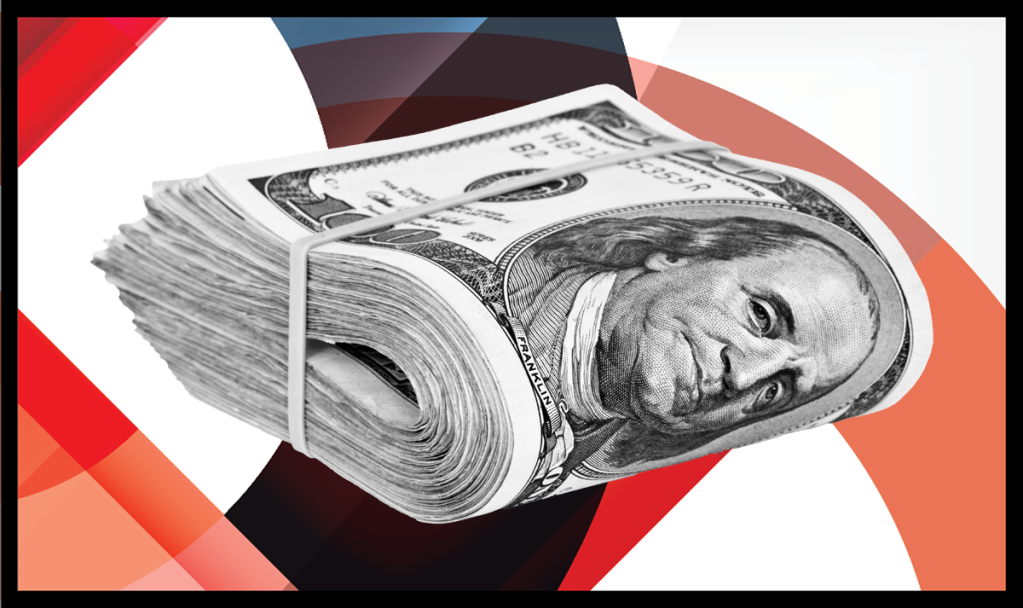
The last two times Fannie Mae and Freddie Mac instituted an adverse-market fee to compensate for a riskier lending environment, during the run-up to the financial crisis more than a dozen years ago, lenders got plenty of warning.
The announcements came more than two months before the implementation dates, giving mortgage brokers and loan officers lots of time to adjust their pricing. Back then, the first fee was a quarter of a percentage point, and a few months later it was doubled as the economic threat became clearer.
This time, the initial announcement gave lenders less than two weeks. That wasn’t enough time to change the pricing for loans that were already locked, meaning some lenders would be paying the fee themselves instead of passing it on to consumers, resulting in millions of dollars in unexpected costs.
Then, on Tuesday, a second announcement came: The Federal Housing Finance Agency said it was postponing the implementation of the fee to Dec. 1. Some lenders will have to reverse the extra cost out of deals that aren’t already locked. For some borrowers, it’s just too late. The average cost for consumers is $1,400, according to the Mortgage Bankers Association.
The post GSE risk-fee rush, then delay, reveals election pressure appeared first on HousingWire.
